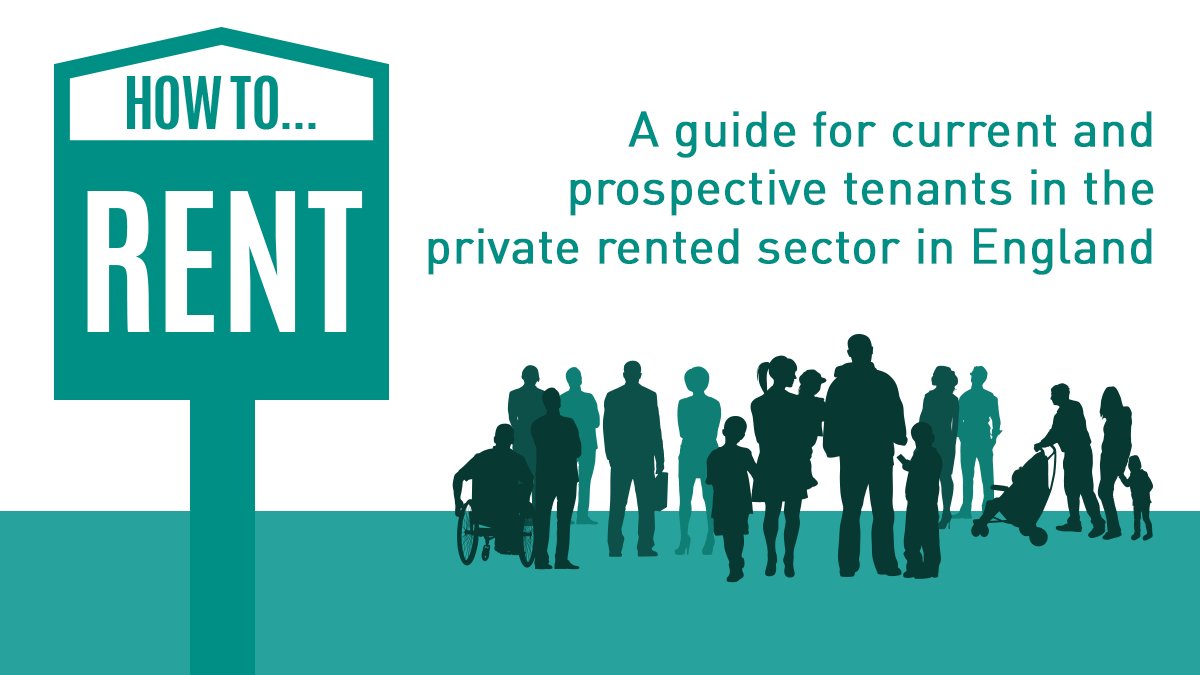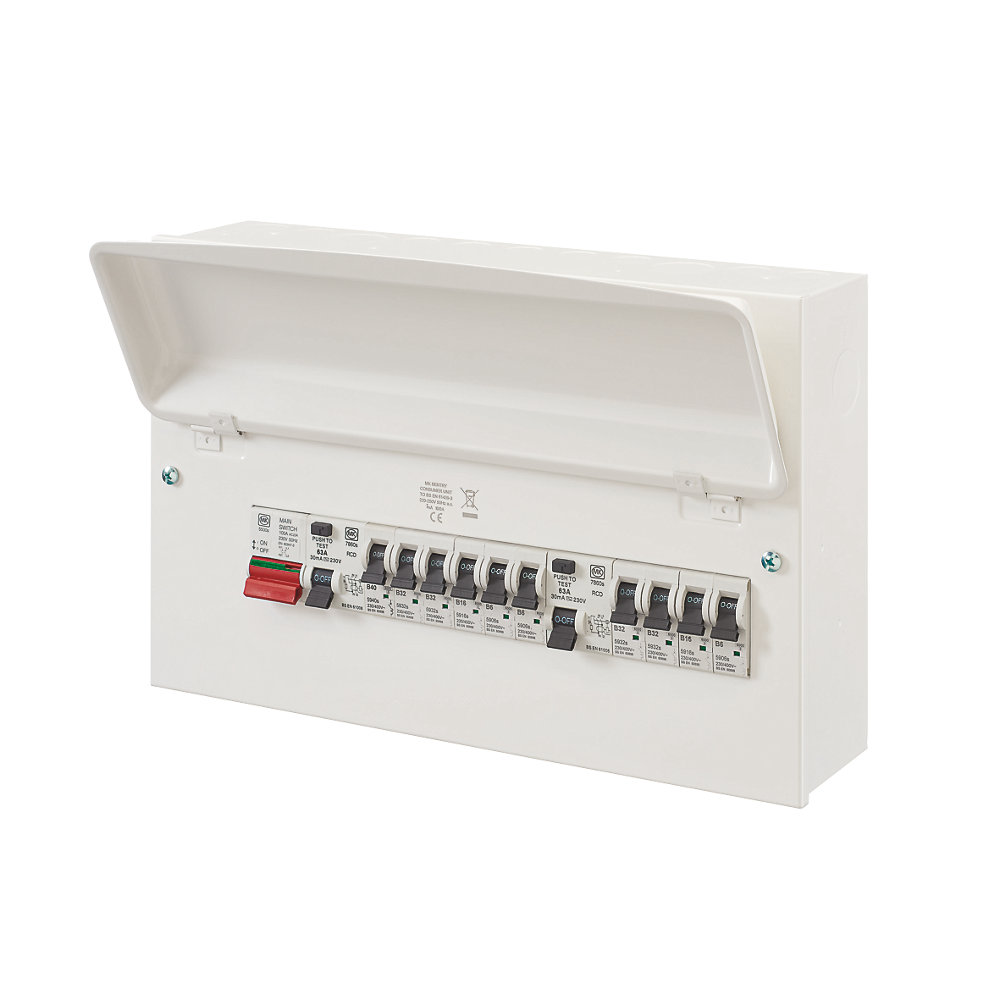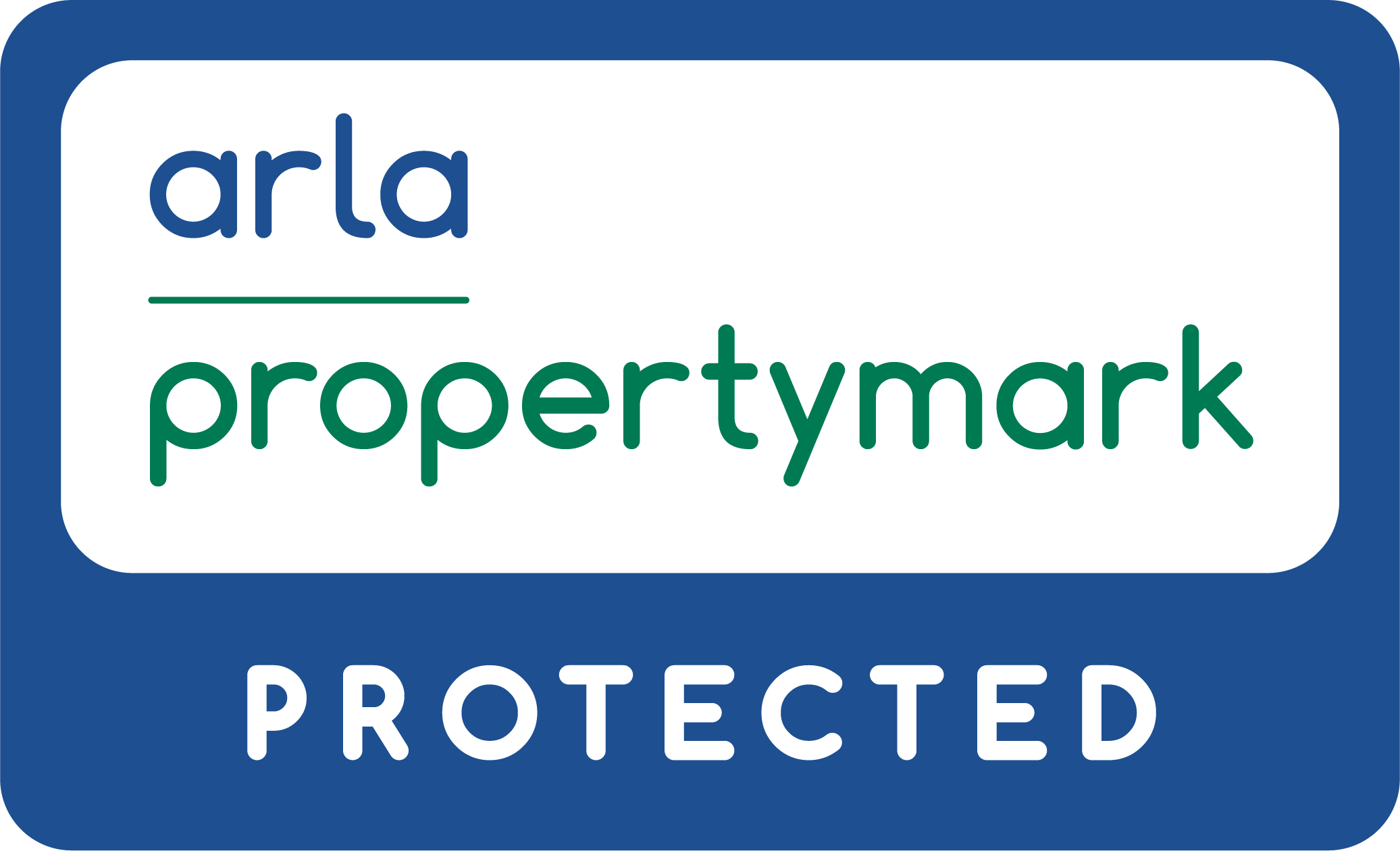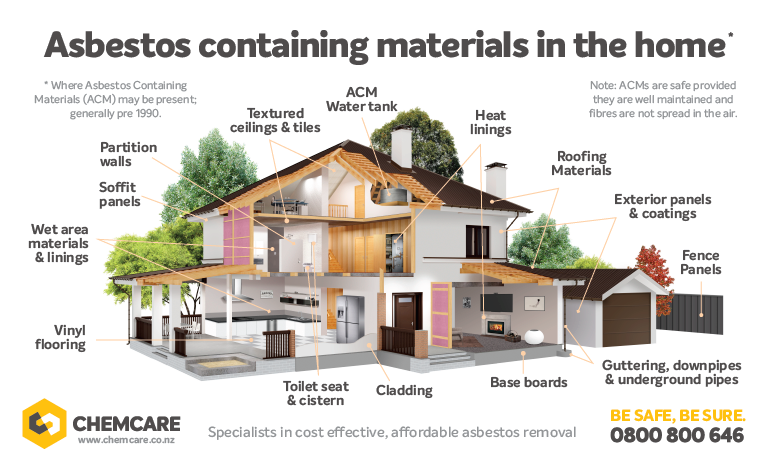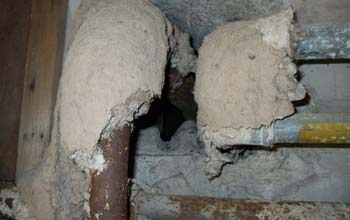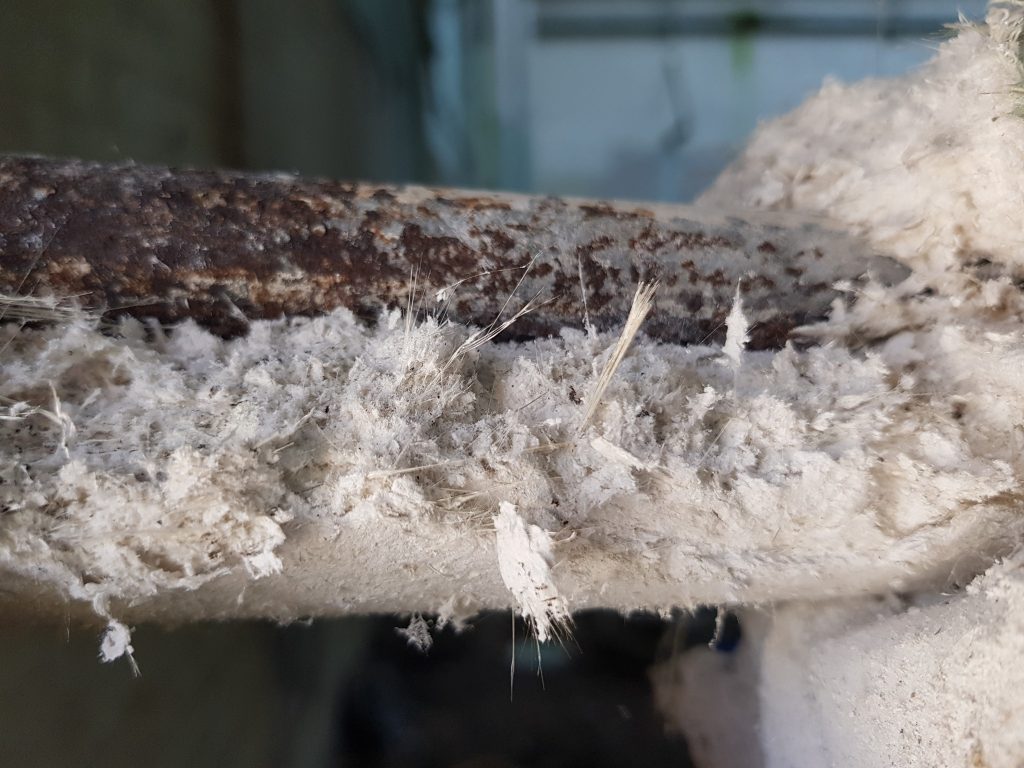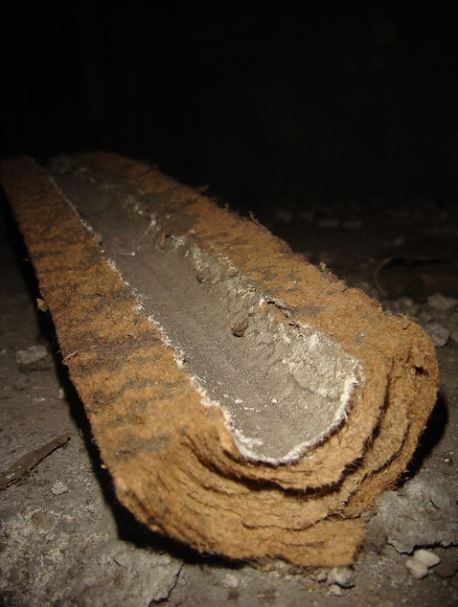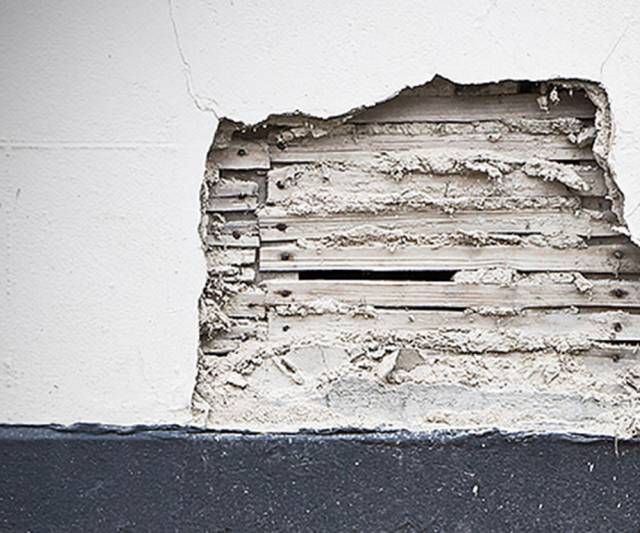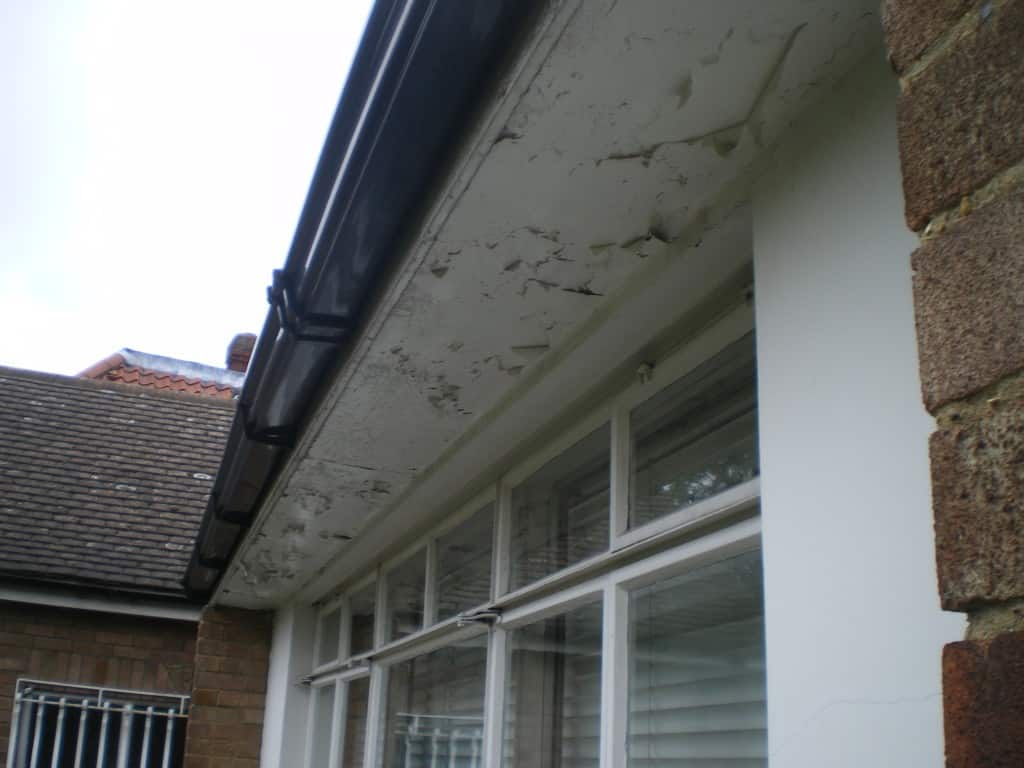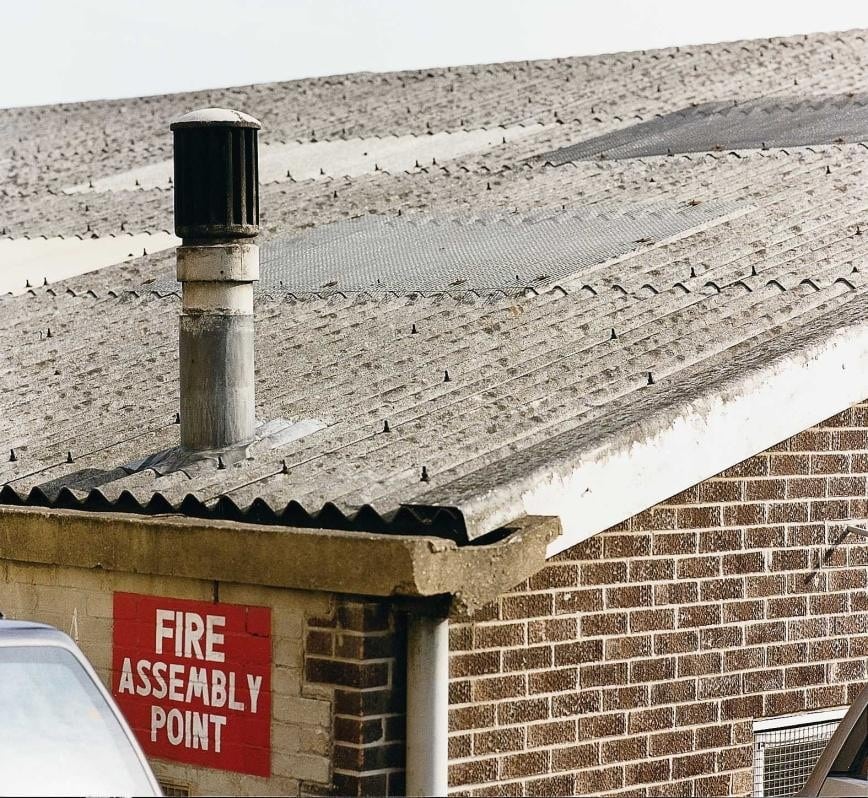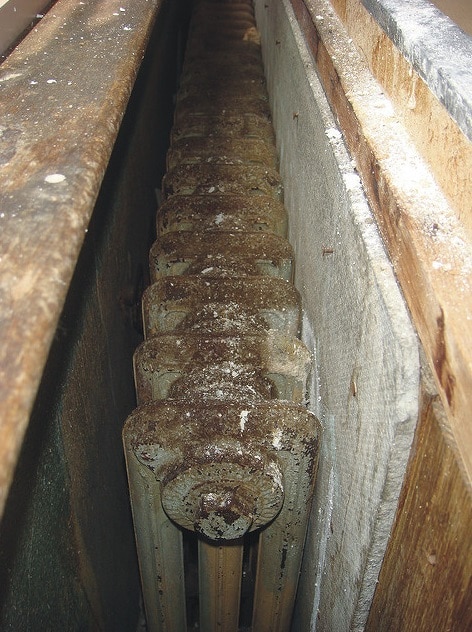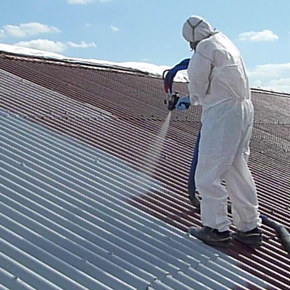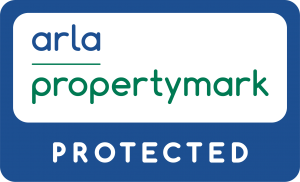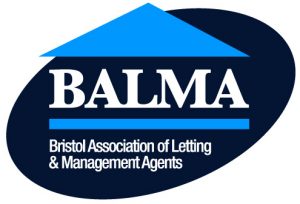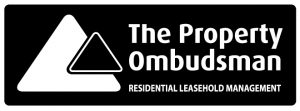Guidance has now been produced by the government relating to the upcoming Electrical Safety Standards in the Private Rented Sector (England) Regulations 2020. Originally included in the Housing and Planning Act of 2016, this is now a standalone piece of legislation. We have been aware that this particular piece of legislation was coming for several years and it is actually very welcome. Most landlords are very keen to ensure their properties are safe, but there are the minority that are not.
There will now be a legal obligation and not just a moral obligation to ensure that your rental property is safe and to the standards contained in the 18th edition of the ‘Wiring Regulations’, which are published as British Standard 7671.
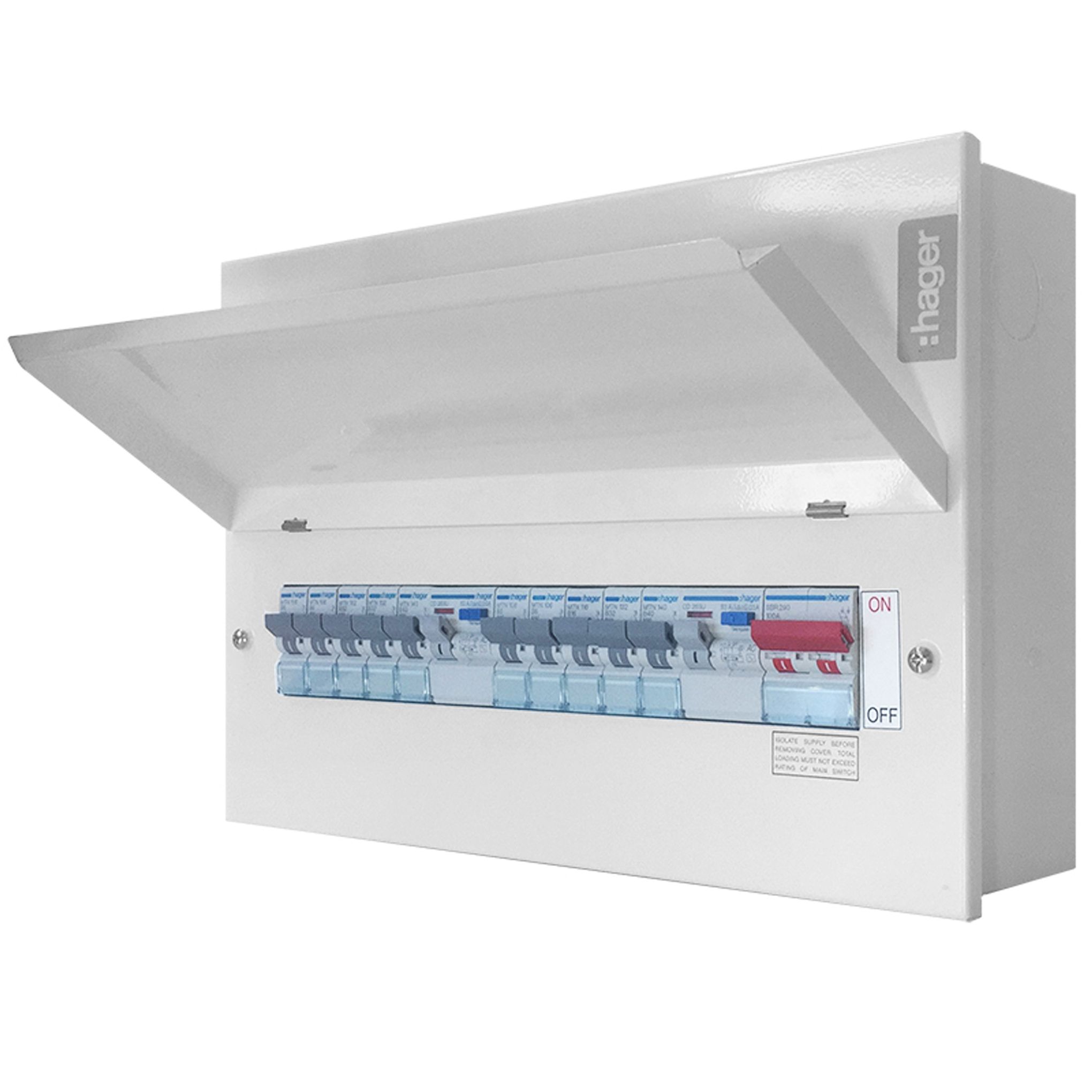
So, what do the regulations mean for landlords?
If you love reading legislation, you can review the actual legislative document by clicking here. If not, read on to read a summarised version of what is required.
- For all new tenancies starting on or after 1st July 2020, the landlord must obtain, and provide to the tenant within 28 days, a satisfactory DEICR (Domestic Electrical Installation Condition Report) – also known as a “Fixed Wire Test”.
- This requirement will be rolled out to ALL tenancies from 1st April 2021.
- The certificate must be carried out by a qualified and competent electrician. Further information relating to qualification of electricians is available by clicking here to visit the NICIEC website.
- The certificate will last for 5 years, and therefore must be repeated prior to expiry.
- Where remedial work is required, this must be carried out within 28 days, or sooner if deemed necessary by the qualified electrician carrying out the test.
- The certificate must be provided to the tenant prior to moving into the property, similar to the Gas Safety Certificate.
- You must retain a copy of the report to provide to the electrician prior to the next test.
What parts of the property are included under the test?
The ‘fixed’ electrical areas in the property, starting with the RCD board (also known as a fuse board) and including the wiring, the plug sockets, the light fittings and any hard wired items such as showers, extractor fans or ovens.
How is remedial work classified?
Within the report, remedial work is classified into the following groups:
C1 = Danger present. Risk of injury. The electrical inspector may make any C1 hazards safe before leaving the property.
C2 = Potentially dangerous.
FI: Further investigation required without delay.
C3 = Improvement recommended. Further remedial work is not required for the report to be deemed satisfactory.
A test with any C1, C2 or FI observations will be deemed unsatisfactory.
When the remedial works are complete, the landlord must supply written confirmation to the tenant within 28 days.
What type of properties does the new law apply to?
Any property where the tenant lives as their primary residence will be covered by the legislation. This includes agreements such as Assured Shorthold Tenancies (AST’s), licences to occupy and company lets.
Social housing, lodgers, those on a long lease of 7 years or more, student halls of residence, hostels and refuges, care homes, hospitals and hospices, and other accommodation relating to healthcare provisions are not included.
If you have a property that was built in the last 5 years (or completely re-wired) it should have a current Electrical Installation Certificate (EIC). This will last for 5 years, at which point it must be re-tested. However, you must make sure that the EIC includes all installations within the property, not just one area.
What happens if remedial works are not carried out?
The local enforcement authority may serve upon the landlord a remedial enforcement notice legally requiring them to carry out remedial works. If they do not comply with the notice, the enforcement authority may proceed with the work and charge the landlord for the works, and their costs in administering them.
In addition to this, a fine of up to £30,000 may be given to the landlord for the breach. Should a tenant be injured or killed due to an uncertified and faulty electric installation, the landlord may find criminal charges are applied against them.
What about tenancy renewals?
If your tenancy expires after the 1st July 2020 and you provide the tenant with a new tenancy agreement (also known as a fixed term renewal or extension), just must ensure that you have a certificate in place and it is provided to the tenant prior to this document being signed.
If your tenancy expires after 1st July 2020 and it turns into a contractual periodic tenancy (it is written into the agreement that after the fixed term, the agreement will turn into a monthly tenancy) you do not need a certificate until 1st April 2021, however, if you do not have one, it is advisable to get one as soon as possible.
If your tenancy expires after 1st July 2020 and it turns into a statutory periodic tenancy (nothing is written into the agreement), you will need a certificate in place and provided to the tenant prior to the end of the current tenancy. This is because the change of tenancy type from fixed term to statutory periodic constitutes a “new tenancy” in law.
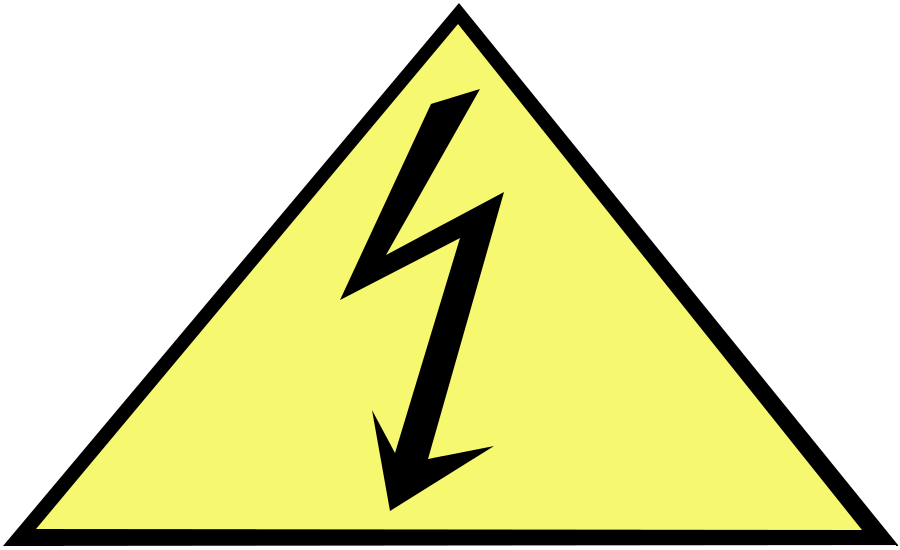
For further information or help with this new legislative requirement, please do not hesistate to get in touch with us. We can arrange for you to have a DEICR carried out by local, trusted electricians at the following cost:
1-4 Bedrooms: £210 including VAT
4+ Bedrooms: £234 including VAT
Communal Areas of Leasehold Apartments (Landlord Supply): By Quote
